My secret Weapon 1.b3 - Wesley So
A review
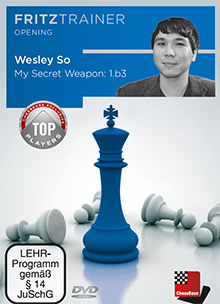 I was intrigued by this title because I played 1.b3 a few years ago, and the results weren't so great. I admit my sin, I even tried to study a book about it, but the lines to memorize were too long, often computer generated. I also didn't have the same experience and study method I have now in learning new openings.
I was intrigued by this title because I played 1.b3 a few years ago, and the results weren't so great. I admit my sin, I even tried to study a book about it, but the lines to memorize were too long, often computer generated. I also didn't have the same experience and study method I have now in learning new openings.
With all this in mind, I got this title right away, because in two weeks I have a tournament, and I'd like to see if I can spring this "secret weapon" on my opponents. (For the sake of my results, I hope they are not reading ChessBase!)
The first thing which hit me, is the new graphics, with big buttons, which can be quite comfortable also on a Windows tablet PC.
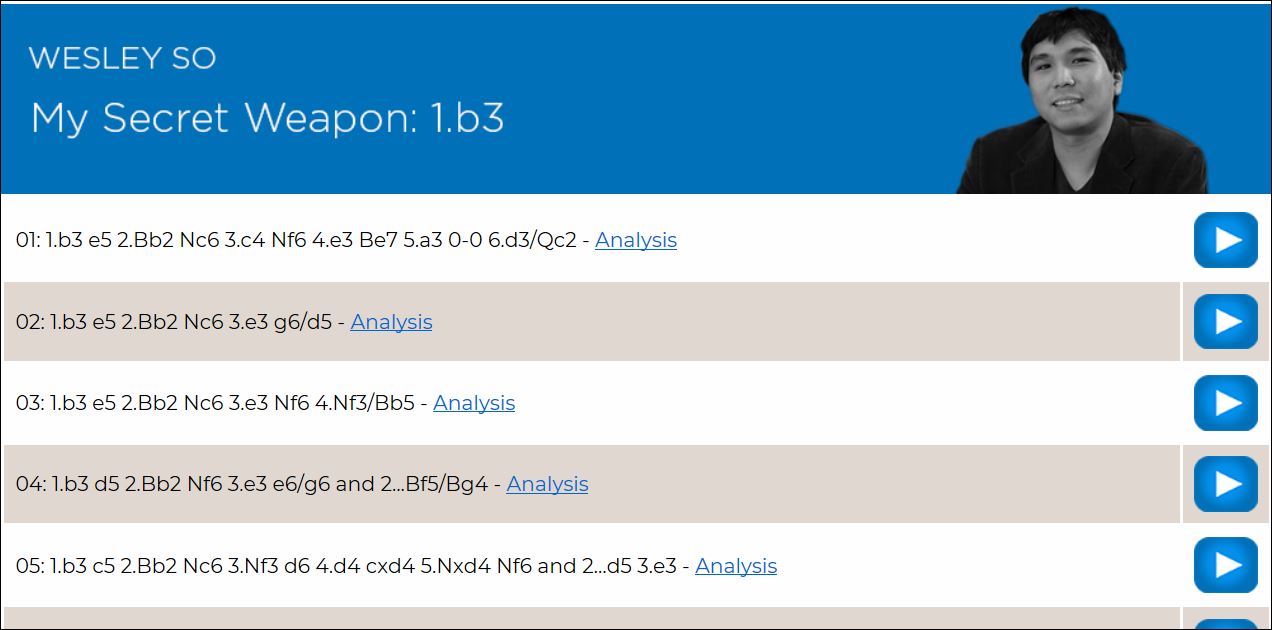
The modern FritzTrainer menu
The DVD begins with Oliver Reeh (AKA The Tactician), the IM who curates the tactical part of ChessBase's Master Class DVDs as well as the tactical column on ChessBase Magazine. On this DVD he introduces Wesley So, the opening, and moderates the discussion, asking pertinent questions.
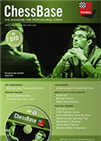 Enjoy the best moments of recent top tournaments (Wijk aan Zee and Gibraltar) with analysis of top players. In addition you'll get lots of training material. For example 12 new suggestions for your opening repertoire.
Enjoy the best moments of recent top tournaments (Wijk aan Zee and Gibraltar) with analysis of top players. In addition you'll get lots of training material. For example 12 new suggestions for your opening repertoire.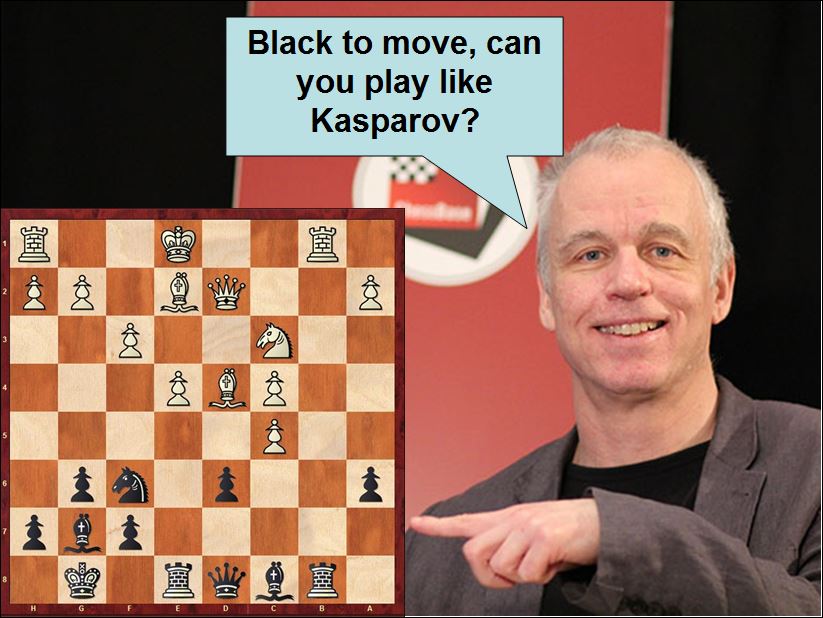
Wesley So refers to the opening simply by its first move "1.b3" instead of the "Nimzo-Larsen attack", because his holistic view of the board, and the possible transpositions, with resulting pawn structures, bring him to consider the many ways White and Black can re-enter into other openings. From the face Oliver Reeh made, it clearly surprised him too, he saw the fluidity of the mind of an uber talent at work.
In fact, some other big names like Rapport and Jobava have begun playing 1.b3, giving it their own personal interpretation, like a violinist or a pianist would play a masterpiece with his own style.
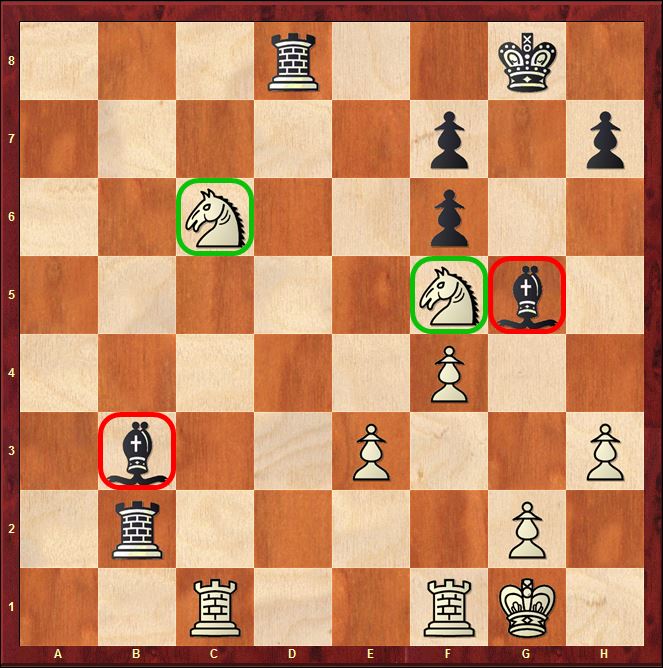
I'd like to share my own excitement with two of the amazing games played by Jobava. These games can be found in the included database of 141 model games. It is important to study the games in such database, in order to acquire enough familiarity with the manoeuvres and ideas behind GM Wesley So's secret weapon!
For example, notice how Jobava wins the first game with a struggle of knights versus bishops.
Practically some "self-evident" truths, like the bishop pair being stronger than knights, are being subverted in this new chess age.
For the second game ask yourself if you'd had the courage, and the calculation skills to withstand the coordinated queen and knight attack that Jobava did, emerging as the winner, once the tempest passed.
| 1.e4 | 1,185,008 | 54% | 2421 | --- |
| 1.d4 | 959,510 | 55% | 2434 | --- |
| 1.Nf3 | 286,503 | 56% | 2441 | --- |
| 1.c4 | 184,834 | 56% | 2442 | --- |
| 1.g3 | 19,892 | 56% | 2427 | --- |
| 1.b3 | 14,600 | 54% | 2428 | --- |
| 1.f4 | 5,954 | 48% | 2377 | --- |
| 1.Nc3 | 3,911 | 50% | 2384 | --- |
| 1.b4 | 1,791 | 48% | 2379 | --- |
| 1.a3 | 1,250 | 54% | 2406 | --- |
| 1.e3 | 1,081 | 49% | 2409 | --- |
| 1.d3 | 969 | 50% | 2378 | --- |
| 1.g4 | 670 | 46% | 2361 | --- |
| 1.h4 | 466 | 54% | 2382 | --- |
| 1.c3 | 439 | 51% | 2425 | --- |
| 1.h3 | 289 | 56% | 2420 | --- |
| 1.a4 | 118 | 60% | 2461 | --- |
| 1.f3 | 100 | 47% | 2427 | --- |
| 1.Nh3 | 93 | 66% | 2506 | --- |
| 1.Na3 | 47 | 62% | 2476 | --- |
Please, wait...
1.b3 e5 2.Bb2 Nc6 3.e3 Nf6 4.h3 d5 5.Bb5 Bd6 6.Nf3 Qe7 7.d4 exd4 8.Qxd4 0-0 9.Bxc6 bxc6 10.Nbd2 Re8 11.0-0 a5 12.c4 Bf5 13.Rfd1 a4 14.Rac1 c5 15.Qh4 c6 16.Bxf6 Qxf6 17.Qxf6 gxf6 18.bxa4 Be6 19.Nb3 Rxa4 20.cxd5 Bxd5 21.Nxc5 Rxa2 22.Nd4 Bg3 23.Nd3 Bh4 24.Nf5 Bb3 25.Rf1 Bg5 26.f4 Rd8 27.Nb4 Rb2 28.Nxc6 1–0
- Start an analysis engine:
- Try maximizing the board:
- Use the four cursor keys to replay the game. Make moves to analyse yourself.
- Press Ctrl-B to rotate the board.
- Drag the split bars between window panes.
- Download&Clip PGN/GIF/FEN/QR Codes. Share the game.
- Games viewed here will automatically be stored in your cloud clipboard (if you are logged in). Use the cloud clipboard also in ChessBase.
- Create an account to access the games cloud.
| Jobava,B | 2713 | Ter Sahakyan,S | 2598 | 1–0 | 2017 | A01 | EU-ch 18th | 7 |
| Jobava,B | 2705 | Brunello,S | 2555 | 1–0 | 2017 | E60 | EU-chT (Men) 21st | 6.1 |
Please, wait...
Click or tap the second game in the list to switch
As we can see the games are quite recent, showing that GM So is giving us the latest theoretical work of the champions we all admire and follow.
It is quite interesting to notice that Wesley So prepared against 1.b3 with the Black pieces, and didn't consider the task to be easy.
Now, why do we need to spend a good part of our time on openings? The truth is that today, thanks to out silicon frenemies (computer engines can be friends and enemies at the same time, especially when they are in the hands of our opponents, whispering them a novelty — they are definitely not friendly) to get out of the opening, and reach a decent middlegame position can be quite difficult, like we have seen above for the first game played by Jobava, where a GM player was wiped off the board in just 28 moves. But in general, for our club and tournament level needs, we have to study openings like this one, to widen our understanding of essential pawn structures, and plans which are common for the middlegame, helping us win the game.

For example, the first game presented in the video shows a game from the last century which proves how correct were GM So words, when he referred to 1.b3 as "move" instead of opening.
In this game, Fischer was playing a kind of reversed Sicilian, with a hedgehog pawn structure.
What does this mean? That we can make our opponent enter into the mine field we want, and win such theoretical battle thanks to our better preparation. In fact just a few months ago, GM Pelletier made a DVD for Chessbase on the Hedgehog as universal system against 1.Nf3 and 1.c4, but his ideas in that DVD from the Black perspective can be used with the move 1.b3 as White to totally disorient our opponent, who will think a lot in the middlegame, while we will execute the moves nearly instantly thanks to our better preparation.
At first glance, the Hedgehog setup might appear somewhat passive but in fact Black is always waiting to launch a counterattack. Let Yannick Pelletier provide you with a complete repertoire against the English and the Reti!
What's included
This secret weapon DVD is made up of nine videos. I'm going to list all the content for the readers who would like to search for some games, and see for themselves if these lines are suitable for their chess personality.
The first video analyzes two games from Fischer's time beginning: 1.b3 e5 2.Bb2 Nc6 3.c4 Nf6 4.e3 Be7 5.a3 0-0 6.d3/Qc2
The second video is based on how today 1.b3 is played at the top level, quite differently from Fischer's time. 1.b3 e5 2.Bb2 Nc6 3.e3 g6/d5
In the third video we can see Wesley So preparation as Black against Jobava (White), quite deep and theoretical discussion 1.b3 e5 2.Bb2 Nc6 3.e3 Nf6 4.Nf3/Bb5:
The fourth video deals with: 1.b3 d5 2.Bb2 Nf6 3.e3 e6/g6 and 2...Bf5/Bg4
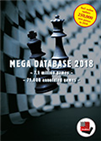 The "Mega" is the database every serious chessplayer needs. The database contains 7.1 million games from 1500 to 2017, in highest quality standard, full of top level analyses and completely classified.
The "Mega" is the database every serious chessplayer needs. The database contains 7.1 million games from 1500 to 2017, in highest quality standard, full of top level analyses and completely classified.Once more the main actor of these lines is Jobava, hence it would make sense to make a search for all Jobava's games with 1.b3 using MegaBase 2018.
The fifth video is based on this line 1.b3 c5 2.Bb2 Nc6 3.Nf3 d6 4.d4 cxd4 5.Nxd4 Nf6 and 2...d5 3.e3 — the protagonists of the games used as theoretical examples are: once more Jobava, but also Carlsen and Caruana!
The sixth video is based on: 1.b3 Nf6 2.Bb2 g6 3.Nf3 Bg7 4.g3 b6/c5/d5 and 2...b6
The seventh video: 1.b3 Nf6 2.Bb2 g6 3.g3 Bg7 4.Bg2 0-0 5.Nf3 d6 6.d4 Nbd7 and 5...d5 6.c4 c6/e6
The eighth video: 1.b3 e5 2.Bb2 d6 3.e3 Nf6 4.d4/c4/g3 and 3...c5 4.d4 cxd4 5.exd4 exd4
From the games I've found with these lines, it is possible to see most of the top players' names appear. However, knowing the same players more often use 1.d4 or 1.e4, it becomes clear that in our modern times, most top players are universal in their opening preparation.
And we finally reach the closing video: 1.b3 d5 2.Nf3 Bg4 3.Ne5 Bf5/Bh5 and 2.Bb2 Bg4 3.h3/f3 and 2.Bb2 Nf6 3.Nf3 Bf5/Bg4
Obviously, all the lines and deviations are treated in-depth in the videos, so please don't take the above list of tabiyas as complete — it in doesn't reflect the entire content of the DVD.
Pro and cons
The DVD is not an opening repertoire DVD. GM So is not directly giving away his opening repertoire. However, he studied deeply these lines, practised them in games, yet does not cover all the possible answers, or perhaps even a 90% of them, as other Chessbase DVDs often do.
Listen to Oliver Reeh pose interesting questions to So, and learn from the consequent answers — this is the main reason why one should have this DVD. Wesley So is on the top of the chess world, and his thoughts are gold for what regards chess. I was quite pleased to have this chance to listen to him. I'm sure everyone will benefit.
For those interested in a repertoire, an earlier DVD made by Chessbase covers the topic as well.
On this DVD Davies arms the viewer with insights into how to handle 1.b3 and demonstrates how he thinks White should meet Black’s main defences. Using examples taken from the practice of leading exponents of this opening he explains the strategies clearly and concisely.
The case for the model games
In the first video we can see Oliver Reeh asking GM So if he remembers some model games when playing certain openings. So answers positively saying it is important because one acquires the plans for dealing with some positions. But how do we know if So really believes it, or just repeats it like everyone does in chess, without knowing if it works? Around 9:00 minutes of the introductory video Ree asks if Fischer was the first one to perform a certain manoeuvre, and So's answer gives us the information we need to see. He not only knows some model games, he even knows when some manoeuvres were performed first!
This is the reason the ChessBase training system is superior to books, because from a book we cannot hear the tone of voice of the author, and know if what he's saying is true or not. But with videos we do.
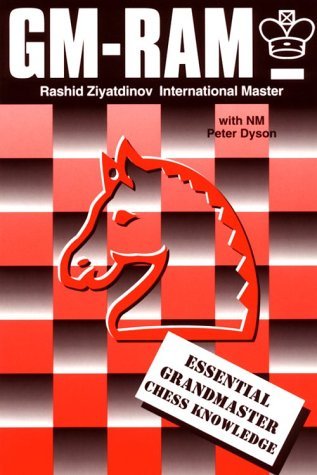
Why I'm mentioning this point? Partly because there are two other ChessBase products which are based on the idea of knowing classical games, but mostly because one author, Rashid Ziyatdinov, in his book GM-RAM: Essential Grandmaster knowledge, championed this thesis: in Russian chess folklore they thought there were 300 positions which would give an aspiring master player the knowledge he needed. In that book, there are 253 of those positions (also if nobody really knows which they are) and about 59 games one should memorize.
This brings us back to the discussion between Wesley So and Oliver Reeh relative to remembering model games. Maybe the difference between a master level player (2200) and an average amateur (1800) could be the knowledge of model games, which gives to the tournament player needed ideas and knowledge.
Final thoughts
As noted, although many lines were covered, this is not a repertoire. If one wants to learn a repertoire with the Nimzo-Larsen, there is the Nigel Davies DVD can complement this one.
In my opinion, this DVD is more for the tournament player who already has a repertoire, maybe with 1.Nf3 or 1.c4, and wants to explore different trends in the professional world, and how those trends could help him score some easy points because clearly some ideas explained in some videos are quite sharp. While I recognized many formations (the Hedgehog is one), transpositions (when one plays the English is, in reality, playing a Sicilian in reverse), and variations, I must acknowledge that most of the material was still above my head. I need to progress a little more as a player in order to be able to use comfortably in a tournament game the many innovative and sharp lines given by So.
Just to give an example, the following line is really good for White, but I don't currentluy have the kind of chess personality for using it, while another player, one riskier than me, would love it. 1.b3 e5 2.Bb2 Nc6 3.e3 d5 4.Bb5 Bd6 5.f4 exf4 6.Bxg7 Qh4 7.Kf1
Maybe if one studies this line, then it could become a sharp weapon in blitz.
Personally I loved the DVD, because I was really curious to listen to Wesley So, and I found the time spent well used. The database which comes with the DVD is a collection of 141 selected games provided for giving us the latest knowledge needed to play the lines examined in the DVD.
Links
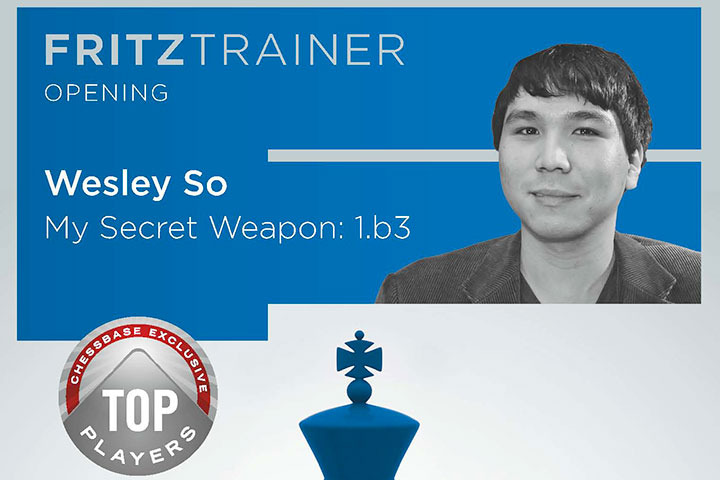

















 I was intrigued by this title because I played 1.b3 a few years ago, and the results weren't so great. I admit my sin, I even tried to study a book about it, but the lines to memorize were too long, often computer generated. I also didn't have the same experience and study method I have now in learning new openings.
I was intrigued by this title because I played 1.b3 a few years ago, and the results weren't so great. I admit my sin, I even tried to study a book about it, but the lines to memorize were too long, often computer generated. I also didn't have the same experience and study method I have now in learning new openings.





